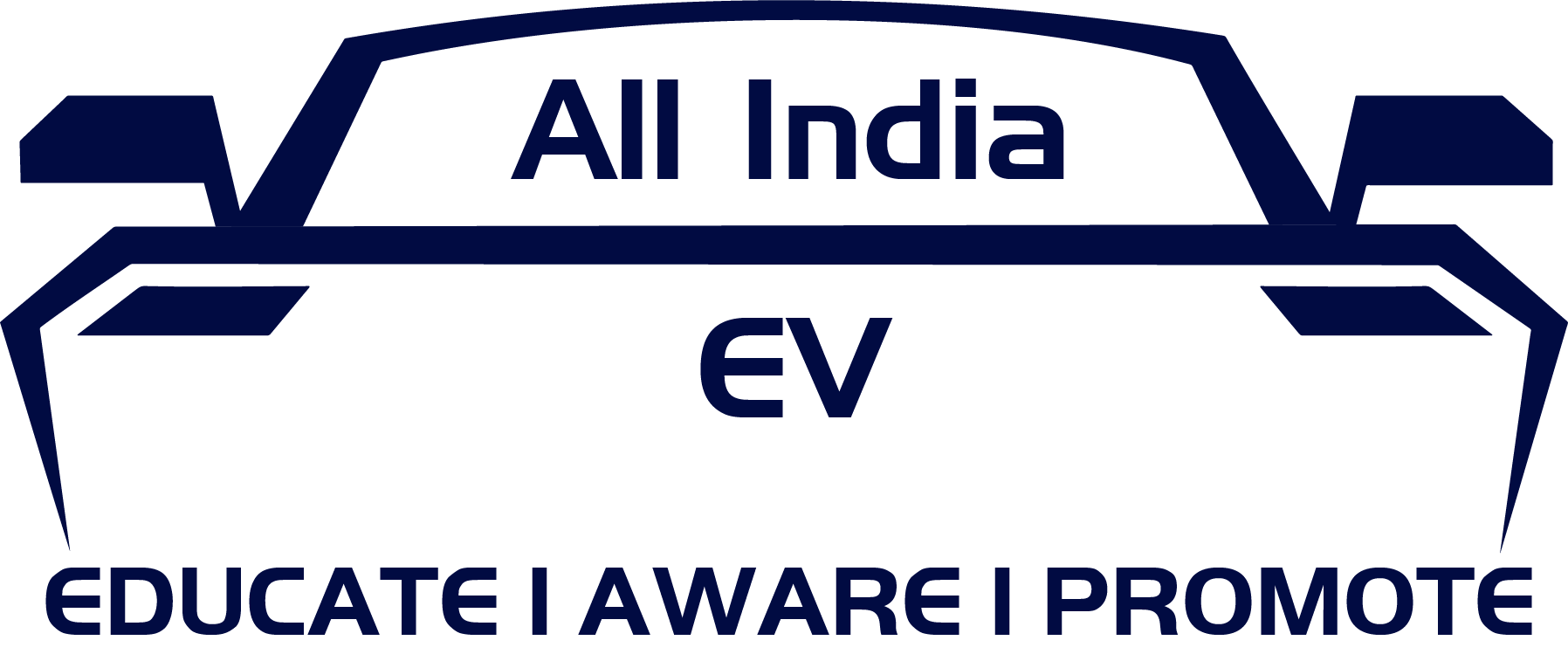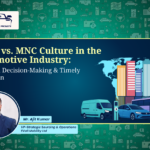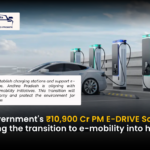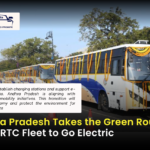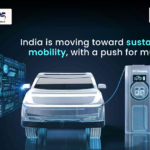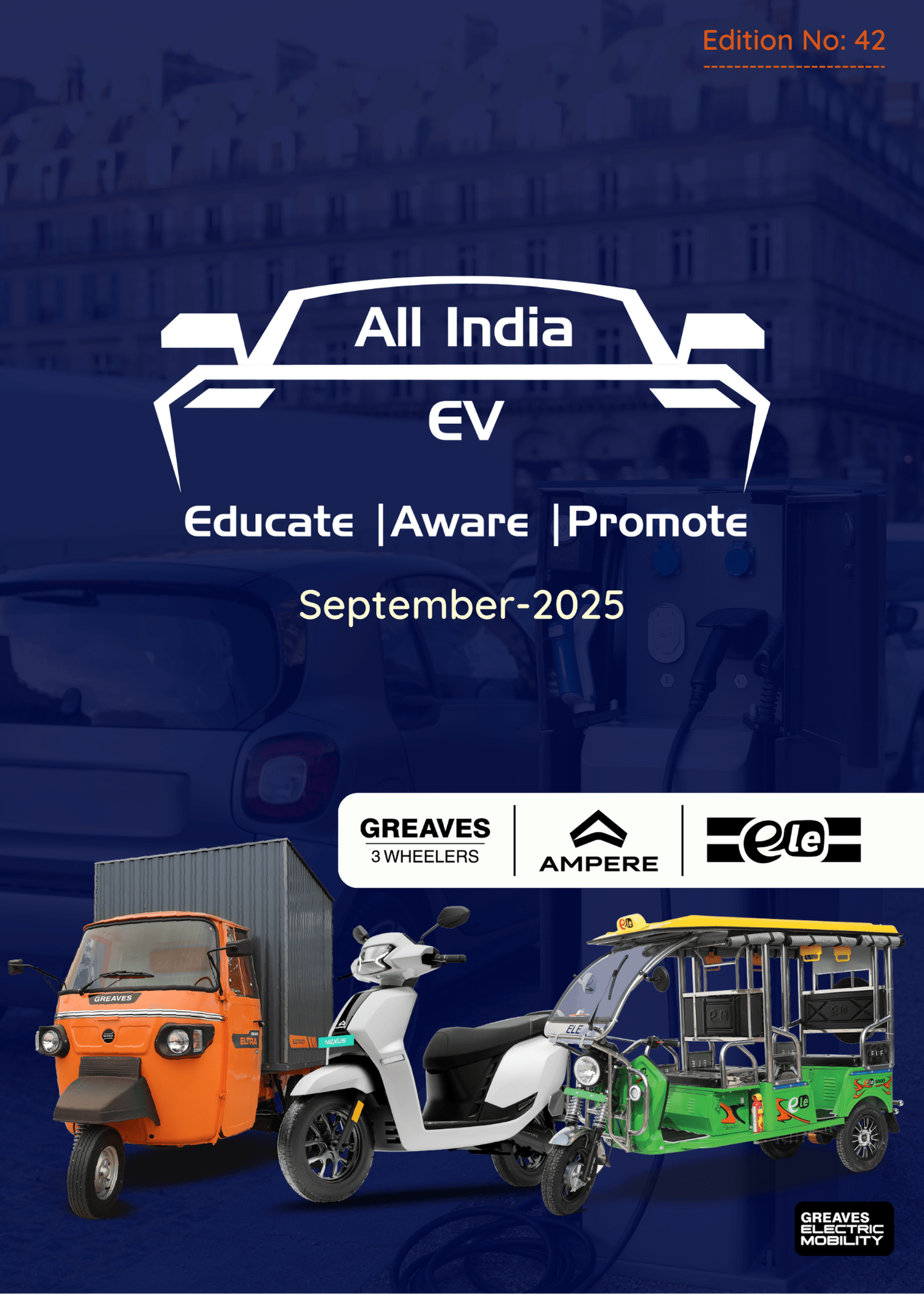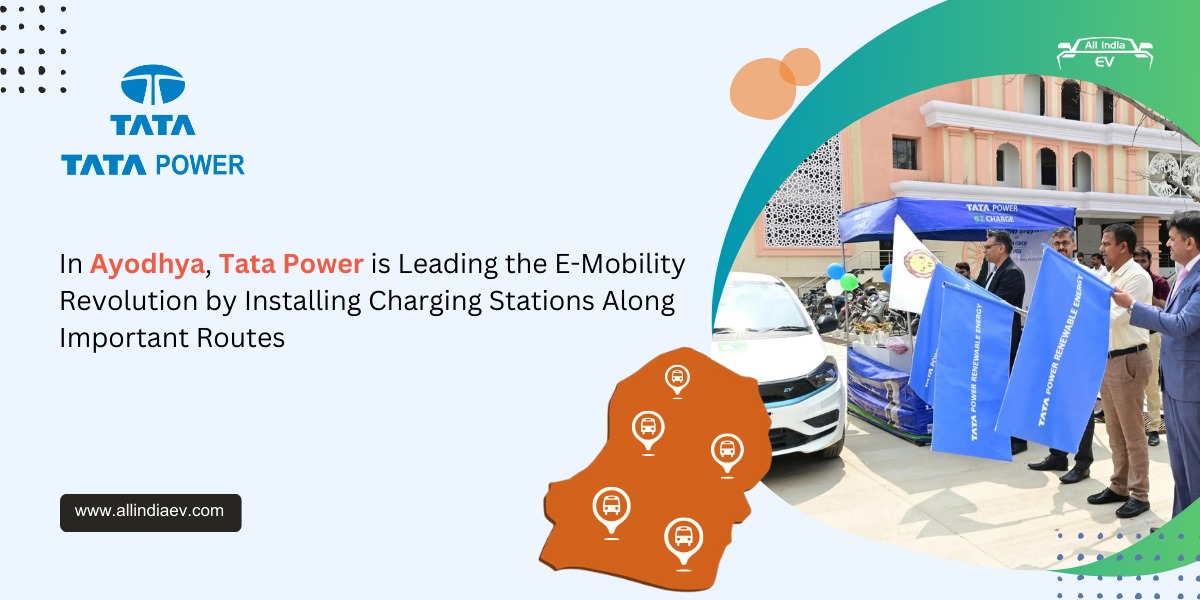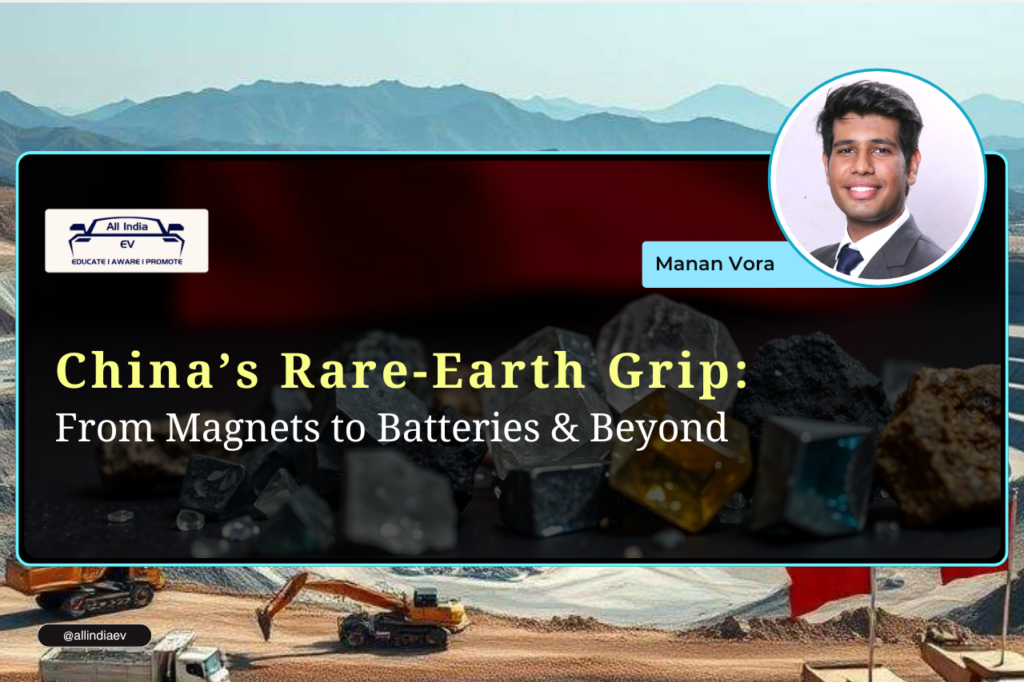
In the past 15 years, China has transformed from a rising miner and material processor to the undisputed gatekeeper of critical minerals. Today, it not only refines over 90 % of global rare-earth oxides but also processes 85 to 90 % of the world’s “mine-to-metal” REE capacity. This article unpacks how China’s export-control playbook has evolved, what it means for global supply chains, and why semiconductor makers now have skin in the game.
Origin: How it all started ?
2010 & 2012: China first required export licenses for key rare-earth elements (REEs), citing environmental and resource-security concerns. The measures back then were enforced to control the volume of REE and light rare-earth elements(LREE) that left the country.
Fast forward to April 2025, amid rising U.S. tariffs and tech blacklists, Beijing formally added neodymium-iron-boron (NdFeB) permanent magnets to its restricted list. These magnets power EV motors , wind turbines crucial for the EV and other applications. Given China holds 90 % market share, it aims to control the supply chain using this to their advantage.
The Battery-Materials Clampdown
On July 15, 2025, China expanded its export-control catalogue to include battery-cathode preparation and lithium-processing technologies. These restrictions are different from the once imposed in 2012 which merely controlled the quantum of material exported and not the technical know-how or process technology
- LFP & LMFP cathode formulations
- Spodumene derived lithium carbonate extraction and refining
- Direct-lithium-extraction (DLE) processes
These restricts acts a hurdle especially for upstream players. China accounts for nearly 75 % of the global battery patents, giving them a massive edge. In recent years the number of patents related to emerges chemistries like LMFP , Na-ion , High Ni NMC have increased. This shows they are not only innovating but driving market shift. The penetration of LFP in last 2 years is proof of this long-term strategy.
China’s Stance
China’s Commerce and Science Ministries frame these controls as a protecting their strategic assets and promoting in-house innovation. Being a market leader in battery technology China is selective about what “know how” it wants to share globally.
Global Backlash & Diversification
Western automakers and tech firms have voiced concerns over potential gigafactory delays and cost spikes. In response:
- United States: Through the CHIPS & Science Act, the DoD holds a 15 % stake in MP Materials, which is building a magnet plant in Oklahoma, and has earmarked $2 billion for domestic lithium hubs.
- European Union : The Critical Raw Materials Act mandates 10 % domestic extraction by 2030 along with additional targets for refining and recycling. CATL’s €7 billion JV in Thuringia presses on, but now under tighter licensing.
Impact on Ongoing JVs
China’s top-three battery makers have collectively announced 15+ gigafactories abroad (Europe, U.S., Southeast Asia). Under the new regime, the projects could face the following hurdles
- Export-license delays (45 + days under China’s Export Control Law) may push back commissioning.
- Rising capex as JVs must internally develop or license alternate processes. This means more investments in R&D
Who’s in the Crosshairs : Upstream Players
The curbs will mainly affect the upstream processes that deal with material processing & synthesis.
- CAM manufacturers (LFP, NMC, LMFP blends)
- Lithium concentrators & refiners (spodumene to carbonate)
- Specialty-chemicals suppliers (binders, solvents)
Downstream players (cell manufacturing and battery-pack integration)currently won’t be affected directly. However, the bottlenecks in the upstream processes might raise concerns and lead to pivot in business strategies.
The LFP Conundrum
Lithium-Iron Phosphate (LFP) batteries now claim >70 % of new EV-cell capacity in China, thanks to:
- Lower cost (no Co and Ni)
- Superior thermal stability
- Longer cycle life
- Chemistry advancement : LMFP
Over the last 2 years LFP has gained traction not only in China but globally. Given, LFP know-how is now on the restricted list suggests China isn’t just protecting traditional cathodes; it’s cementing its lead in the fastest-growing segment of the battery market.
Co-Lateral Damage : Semiconductors
Applications of REE extend beyond batteries and EV components. China added Gallium and Germanium to its export control list in July 2023. Gallium & Germanium: Require licenses for raw and processed exports both of which are key materials in chip manufacturing.
Conclusion: Building Resilient Supply Chains
This rising geopolitical and supply chain tension is a wake-up call for all the players across the globe. With China ahead in almost every aspect ( R&D , manufacturing , refining capacity , recycling) OEMs outside China face a monumental challenge in staying competitive and relevant. They must adapt quickly in order to survive or rely on market leaders. For global players, the path forward is clear
- Invest in local refining & recycling to bypass export barriers.
- Develop in-house cathode & process expertise to avoid license bottlenecks.
- Foster cross-border R&D partnerships that can adapt quickly to policy shifts.
- Before making long-term decisions, OEMs outside China should closely assess their unique market needs, resources, and infrastructure. A region-specific, data-driven strategy—rather than copying China’s model—will be key to sustainable growth and supply chain resilience.
In an era where 85–91 % of critical-minerals refining sits behind one wall, true supply-chain resilience demands both diversification and deep technical capability.
About the Author:
Manan Vora is a Mechanical Engineer from UNC Charlotte with a strong passion for the automotive and electric mobility sector. Over the past 4 years, he has been working extensively in the battery industry across India and Canada, contributing to battery manufacturing projects and gaining a comprehensive understanding of lithium-ion batteries and their complete lifecycle: from raw material sourcing to manufacturing and all the way to battery recycling.
With deep expertise in battery supply chains and stakeholder ecosystems, Manan is committed to building sustainable, scalable solutions for the EV industry. He is a certified Project Management Professional (PMP) and a graduate of the CPD-accredited Global Battery MBA, a prestigious program shaping the next generation of battery leaders worldwide. As an emerging thought leader in the EV and battery domain, Manan regularly shares insights on industry trends, supply chain innovations, and circular economy models. When he’s not thinking about batteries, he’s probably watching Formula 1 or cricket, feel free to connect if you share the same enthusiasm!
